‘Explore Philly’s Buried Past, 2015!’ on Sat. Oct. 10th!
Back to PAF Home
Back to Past Events
~ ~
PAST EVENT!!!!!!!!
PAST EVENT!!!!!!!! 2015 PROGRAM SCHEDULE
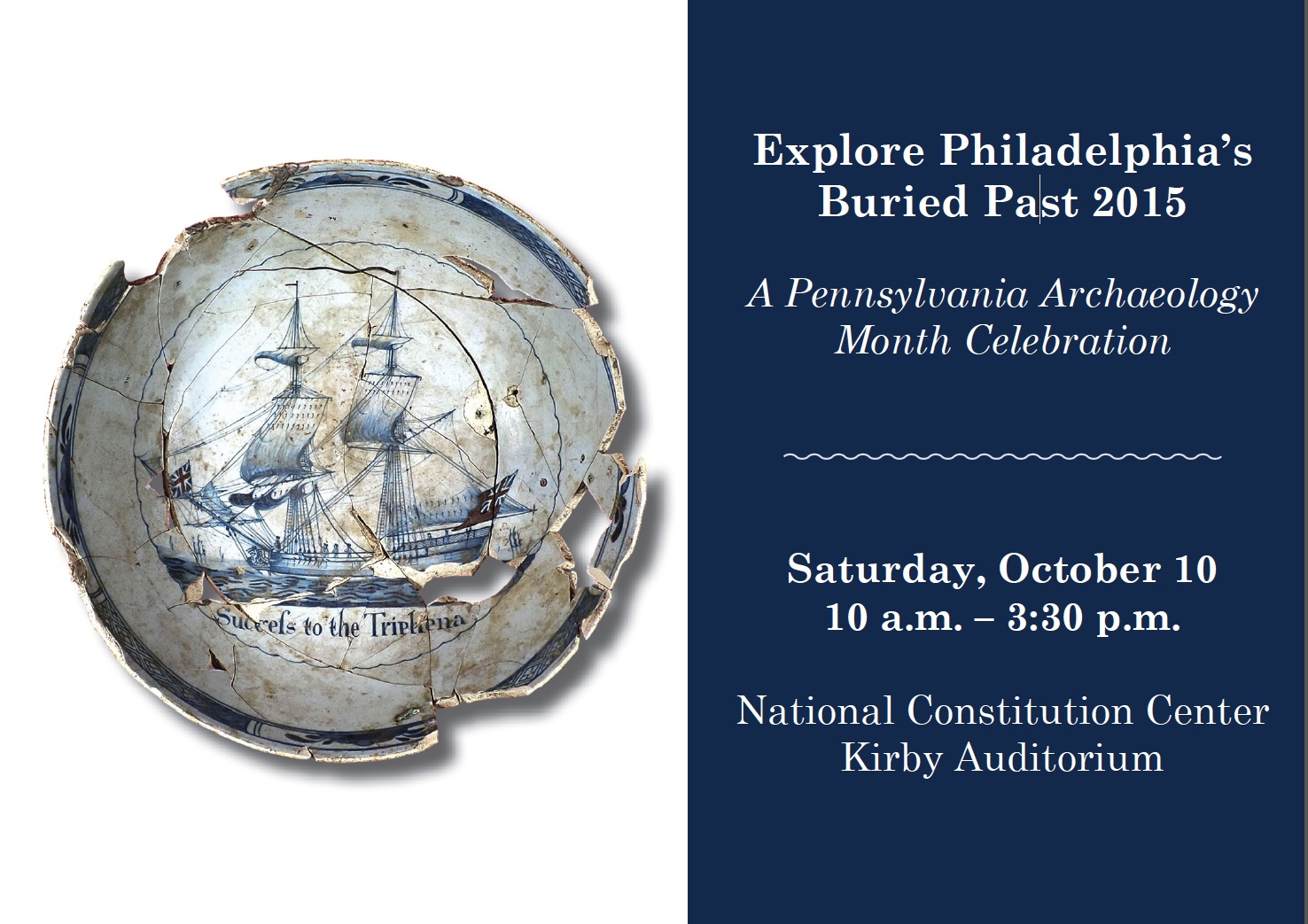
PAST EVENT!!!!!
Directions/Parking/Public Transportation….
PAST EVENT!!!!!!!!
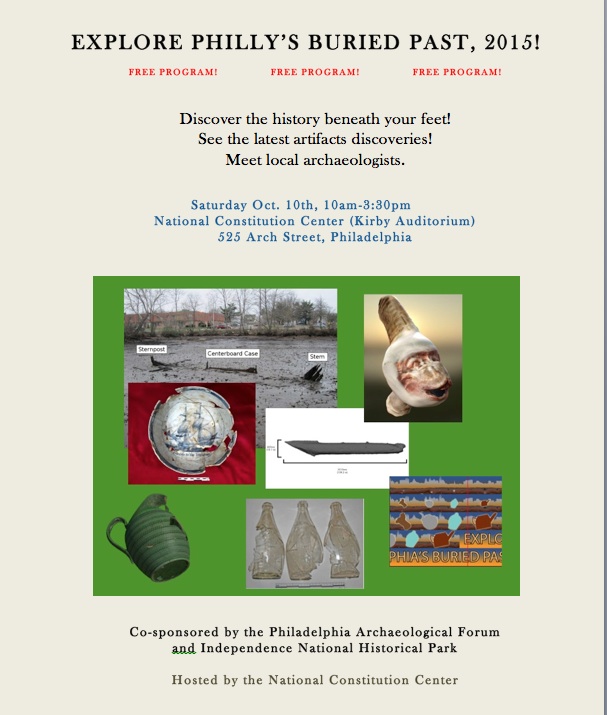
 10:00am-10:15am
10:00am-10:15am
Welcome
Jed Levin, Chief, History Branch, Independence National Historical Park
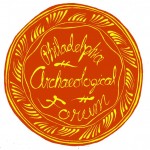 10:15am-10:30am
10:15am-10:30am
Philadelphia Archaeology: Year in Review
Douglas Mooney, President, Philadelphia Archaeological Forum
A whirlwind tour of projects and other notable developments in Philadelphia archaeology during the past year.
10:30am-10:45am
“It is Painful for Me to lose so many Good People; I can’t describe it and I have not recovered from it”: Recent Archeology at Fort Mercer, Red Bank Battlefield Park, Gloucester County, New Jersey
Wade P. Catts, RPA, JMA, a CCRG Company
Located opposite Fort Mifflin in National Park, New Jersey, Fort Mercer is the site of a Revolutionary War battle fought on 22 October 1777. Red Bank Battlefield Park commemorates this event and the defense of the Delaware River after the Crown Forces capture of Philadelphia. The direct assault on Fort Mercer was seen as a necessary first step to open up Delaware River navigation. The assault was carried out by Hessian soldiers and ended in disaster for the attackers. Working for Gloucester County with funds provided by the American Battlefield Protection Program, a research team from JMA, a CCRG Company, has conducted investigations in the Park, including ground-penetrating radar, metal detection, historical research, and traditional archeology. Come and learn what the study has uncovered.
Lightening Round #1
10:45am-10:48am
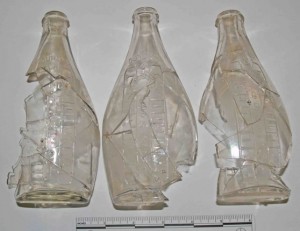
From Baby Food to the North Pole and Beyond: A brief look at early 20th century infant food products
Kenneth J. Basalik, Ph.D., CHRS, Inc.
Recent excavations undertaken for the Pennsylvania Department of Transportation in Delaware County, have unearthed early 20th century remains associated with several households. The artifacts recovered included a variety of items relating to infant rearing. Among the artifacts were bottles associated with artificial infant food products that had been developed in the nineteenth century. This paper briefly describes the artifacts recovered and the products they contained.
10:48am-10:51am
What Can We Learn from a Soda Bottle?
Dierdre Kelleher, NJ State Historic Preservation Office
Among the artifacts recovered from excavations at 124 and 126 Elfreth’s Alley in Old City was an aqua soda bottle produced by the Acme Bottling Company of Philadelphia. This presentation will analyze the details of the bottle to determine what we can learn about the artifact and the people who produced, purchased, and used it.
10:51am-10:54am
Washington Stepped Here
Joel Dworsky, AECOM, Burlington, NJ
This talk will focus on the discovery of a stone carriage step found at Bartram’s Garden, Philadelphia. Discussion will follow the historical trail of this archaeological feature from its possible origin at the Philadelphia home George Washington occupied during his presidency to its recent rediscovery on the grounds of Bartram’s Garden.
10:54am-10:57am
1876 Japan: Roof Tile Style
Amy Litterer, AECOM, Burlington, NJ
Roof tiles excavated from the site of the Japanese building constructed for the 1876 Centennial Exposition in Philadelphia’s Fairmount Park illustrate a small, but fascinating, element of Japanese architecture during the 19th century.
10:58am-11:05am
RAFFLE
Ask the Archaeologist: Question and Answer Session #1
11:05am-11:20am
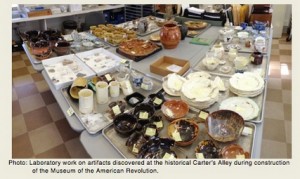
Carter’s Alley: A Case Study in the Evolution of Philadelphia
Meagan Ratini and Kevin C. Bradley, JMA, a CCRG Company
Carter’s alley was a minor passage cut into a late 17th-century Philadelphia city block. As the city evolved, so too did Carter’s Alley. Initially designed as a dead-end alley set in a primarily residential neighborhood, the lane was later opened up to Third Street, creating a narrow thoroughfare and allowing increased access to the commercial entities developing along it. By the 19th century, it was renamed Carter’s Street (and, later, Ionic Street) and served as the back entrance to the famed Jayne Building, a precursor to the skyscraper, as well as other industrial complexes built on the block. In 2014, JMA excavated the western half of Carter’s Alley as part of the Museum of the American Revolution site. This presentation will trace the development of Carter’s Alley as a microcosm of urban transformation from early domestic spaces to later commercial ones.
Lightening Round #2
11:20am-11:23am
Moments Preserved in Glass:
Graffiti from the Site of the Museum of the American Revolution
Juliette Gerhardt, JMA, a CCRG Company
Archeologists attempt to reconstruct past life through the puzzle of fragmentary objects left behind in the ground. Sometimes, on rare occasions, moments in time are preserved in an artifact that connects us to the personal experience of someone long dead. Explore the tantalizing secrets held in a small pane of window glass left behind in the privy of Mary and Benjamin Humphreys who lived on Carter’s Alley, near the corner of Chestnut and Third Streets, at the time of the American Revolution.
11:23am-11:26am
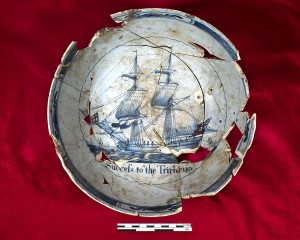
The Triphena Punch Bowl
Rebecca Yamin, JMA, a CCRG Company
One of the most intriguing artifacts found by JMA on the Museum of the American Revolution site at Third and Chestnut Streets was a punch bowl with the picture of a ship on it and the words, “Success to the Triphena” written below the ship. We have learned about voyages of the Triphena from eighteenth-century newspapers, but it is more difficult to figure out why Benjamin and Mary Humphreys owned the bowl and threw its broken pieces into the bottom of their privy.
11:26am-11:29am
Working on the Railroad: The Enigma of a Late 19th Century Railroad Bunkhouse
Joel Dworsky, AECOM, Burlington, NJ
This talk will focus on the discovery of a large stone foundation associated with a turn of the century railroad worker’s bunkhouse discovered along the Schuylkill River near Gray’s Ferry, Philadelphia. This talk will follow present findings of the archaeological monitoring effort that uncovered the foundation and will explore the enigma as to why the foundation of the structure extends 13 ft. below modern grade.
11:30am-11:45am
“A Tale of Two Fraternities:
Freemasons and Oddfellows in Port Richmond, Philadelphia”
Louis J Magazzu, AECOM, Burlington, NJ
Alongside more traditional ties, such as to family, faith, or profession, Americans have a long history of defining themselves through memberships in a wide array of private organizations. Recent excavations in the Port Richmond neighborhood of Philadelphia have unearthed unique artifacts associated with the Freemason and Oddfellow fraternal lodges. These artifacts provide insights into the social lives of their past owners.
11:45am-12:00pm
RAFFLE
Ask the Archaeologist: Question and Answer Session #2
12:00pm Noon – 1:30pm *** LUNCH ***
1:30pm-1:35pm
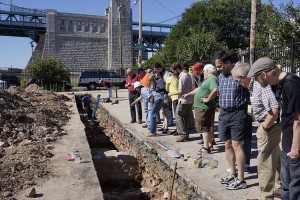
The PAF visited the West Shipyard excavation sponsored by the Delaware River Waterfront Corporation. PAF is a Consulting Party on several city, state, and federal development projects.
Welcome Back…
Who is PAF? You Are!
Jed Levin, PAF Member
1:35pm-1:50pm
Rediscovering the 1876 Centennial Japanese Bazaar
Mathew Harris, AECOM, Burlington, NJ
In June of this year, Shofuso Japanese House and Gardens sponsored archaeological investigations to study the site of the Japanese Bazaar erected for the Centennial Exposition of 1876, in what is now west Fairmount Park. Despite initial expectations to the contrary, that dig excavated more than 2,000 nineteenth century Japanese artifacts, found evidence of the building’s foundation system, and encountered a series of landscape features. This presentation will introduce the site, illustrate the excavation, and discuss the history and significance of the artifacts.
Lightening Round #3
1:50pm-1:53pm
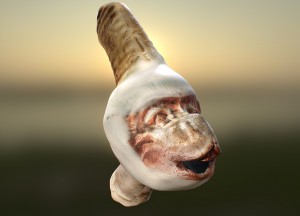
Touching Encouraged! 3D Printing and Artifact Accessibility
Chester Cunanan, Media Specialist, AECOM, Burlington, NJ
Through the use of 3D printing and online simulation we can bring excavated items that would be otherwise too delicate to handle to the public. 3D printing allows us drastically scale items allowing anyone- from children to adults- to experience items that would otherwise be behind glass.
1:53pm-1:56pm
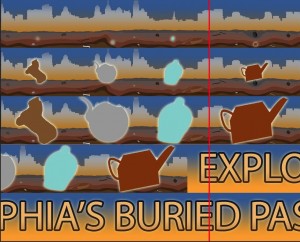
Creating New Archaeology Month Public Service Announcements
Ryan Rasing, Gaming Production and Design Department & Students Tracking Advanced Research STAR Scholars Program, Drexel University
This summer I worked with a team of archaeologists, a media professor, a graduate student, and the Chief of the History Branch at Independence National Historical Park to produce two, 3D animated, public service announcements (PSAs) promoting Archaeology Month in Philadelphia. These videos are being broadcast on the PECO Buildings Crown Lights Marquee, 27 stories up in the sky. My presentation will explain how the PSAs were made.
1:56pm-1:59pm

‘Explore Philadelphia’s Buried Past!’ and ‘October is Pennsylvania Archaeology Month’: Two New Public Service Announcements
The Philadelphia Archaeological Forum, Independence National Historical Park, and Department of Digital Media, Drexel University
Two, 30-second long, 3D animated videos that promote archaeology in the city of Philadelphia will be presented. The videos feature Independence National Historical Park artifacts recovered from the Franklin Court site, the Liberty Bell Center site, and site of the National Constitution Center.

1:59pm-2:02pm
What is a ‘Cupping Glass’?
Alexander Keim, Independence National Historical Park
Cupping is a medical practice that dates back at least 3500 years as a part of both Western and Eastern medical traditions. Archaeologists at the National Constitution Center in Philadelphia site recovered an intact cupping glass from an early 19th-century context. The presence and presumed use of this artifact speaks to the variety of medical treatments and philosophies that proliferated in America during this time, as both traditional and radical approaches to health competed with what we today consider “modern,” “scientific” medicine.
2:02pm-2:05pm
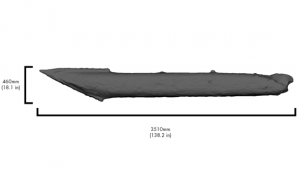
Printing the Cheval de Frise
Erik Sundquist, Director, Westphal College Hybrid Making Lab, Drexel University
In 2007, an American Revolutionary War defensive weapon known as a cheval de frise was recovered from the Delaware River and donated to the Seaport Museum. As part of the preparation to display the 12 foot long, 200 pound, artifact, I produced a 1:1 scale, light weight, hard form,’stand in replica’ of the artifact. This was produced from a 3D digital scan of the original artifact.
2:05pm-2:20pm
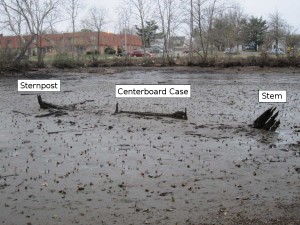
Delaware Bay, Philadelphia’s Maritime Hinterland. Lessons from Superstorm Sandy
Chris Morris and Lauren J. Cook, Dewberry Engineers
On October 29, 2012, Superstorm Sandy caused an estimated $36 billion in damage and took 43 lives in New Jersey Alone. Unprecedented in size and scope, the Superstorm Sandy Waterway Debris Recovery Project covered the Atlantic and Delaware Bay shoreline, nearly 6,000 miles in total. Integral to this recovery mission, maritime archaeologists were tasked with identifying and protecting potential historic resources that might have been subject to impacts by the storm and subsequent cleanup and recovery activities. Our presentation covers the range of resources that were recorded, and the methods used to record them.
2:20pm-2:25pm
RAFFLE
Ask the Archaeologist: Question and Answer Session #3
2:25pm-2:40pm
A Little Bit of This and A Little Bit of That:
Odd artifacts from the I95 Excavations
Rebecca White and Amy King, AECOM, Burlington, NJ
An exploration of some of the unusual artifacts discovered during the archaeological excavations conducted for the Pennsylvania Department of Transportation along the I-95 in Philadelphia. These odd bits and broken pieces offer us a glimpse at the small details of everyday life in 19th Century Philadelphia.
2:40pm-2:55pm

IFO’s – Identified Objects Flying Over Philadelphia
Jed Levin, Independence National Historical Park
This year, through a partnership among Independence Park, Drexel University, and the Philadelphia Archaeological Forum, eight artifacts are soaring high over the Philadelphia skyline on the PECO building. In this talk we will learn more about these “high” profile artifacts.
2:55pm-3:10pm
Glass from the Past
Deborah Miller, Material Culture Specialist, AECOM, Burlington, NJ
Glass artifacts present archaeologists with a host of challenges: they break into a lot of very small pieces, the color doesn’t vary much depending on the form, and – glass breaks into lots of small pieces! Archaeologists are used to confronting these challenges, especially when the reward is a unique object that you weren’t expecting to find. This presentation discusses how we process large numbers of glass fragments in the Independence National Historical Park Archeology Lab and complete the impossible task of putting them back together. We’ll also explore several exceptional artifacts that make it all worthwhile.
3:10pm-3:30pm
RAFFLE
Ask the Archaeologist: Question and Answer Session #4
Go to…
Independence National Historical Park Archaeology
Philadelphia Archaeological Forum
Philadelphia Archaeological Forum Gifts available at CafePress
Pennsylvania Archaeology Month
International Archaeology Day
by admin


